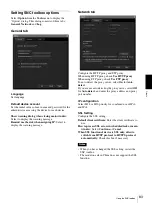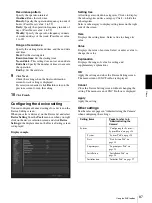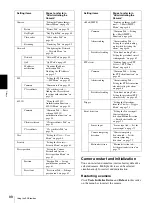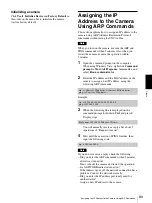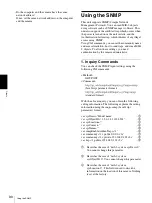
Ot
her
s
Glossary
94
SNMP
A protocol for monitoring and managing network
devices.
SSL
Acronym for Secure Sockets Layer. This is a protocol
developed by Netscape Communications Corporation to
be used for communications of encrypted data on the
Internet.
Subnet mask
32-bit stream used to distinguish the subnet address
from an IP address.
TCP
Acronym for Transmission Control Protocol. A standard
protocol used for Internet connection. Compared with
the other protocol, UDP, TCP provides reliable
communication but communication speed is slower.
TKIP
Acronym for Temporal Key Integrity Protocol. This is
used in WPA encryption for a wireless LAN. TKIP
provides high security since it changes encryption keys
based on PSK during on-going communication.
UDP
Acronym for User Datagram Protocol. A standard
protocol used for Internet connection. Compared with
the other protocol, TCP, UDP can transmit data faster,
but reliable communication is not guaranteed.
Unicast
Transmission of data to specified equipment on a
network by specifying a single address.
WPA
Acronym for Wi-Fi Protected Access. This is an
encryption standard for a wireless LAN. It provides
higher security than the conventional WEP (Wired
Equivalent Privacy) standard. In WPA, TKIP is used for
the encryption method, and PSK and EAP are used for
the authentication protocol.
WPA2
Abbreviation for Wi-Fi Protected Access 2. WPA2 is a
standard with which AES (Advanced Encryption
Standard) is added to WPA.
802.1X
A standard that performs user authentication and
dynamic key generation and traffic on a LAN.




